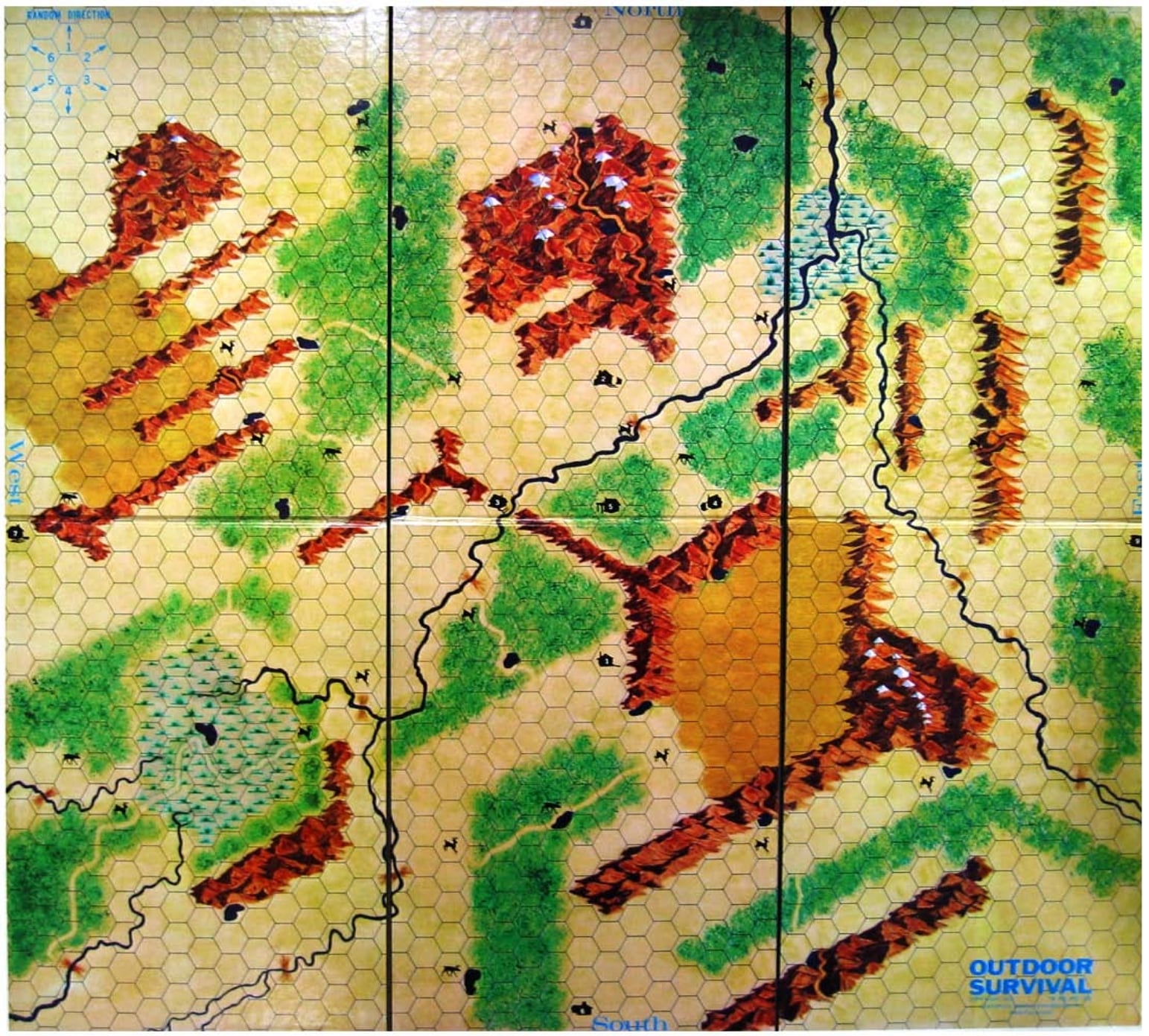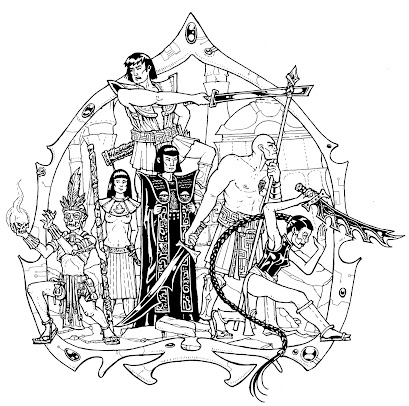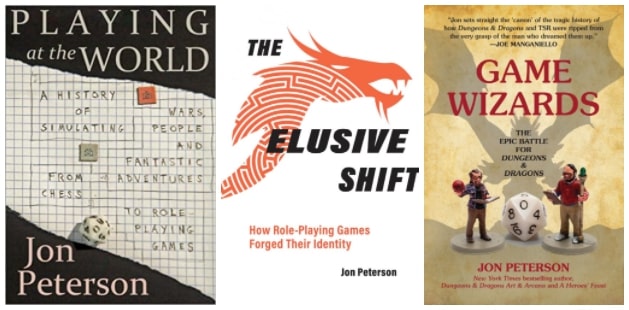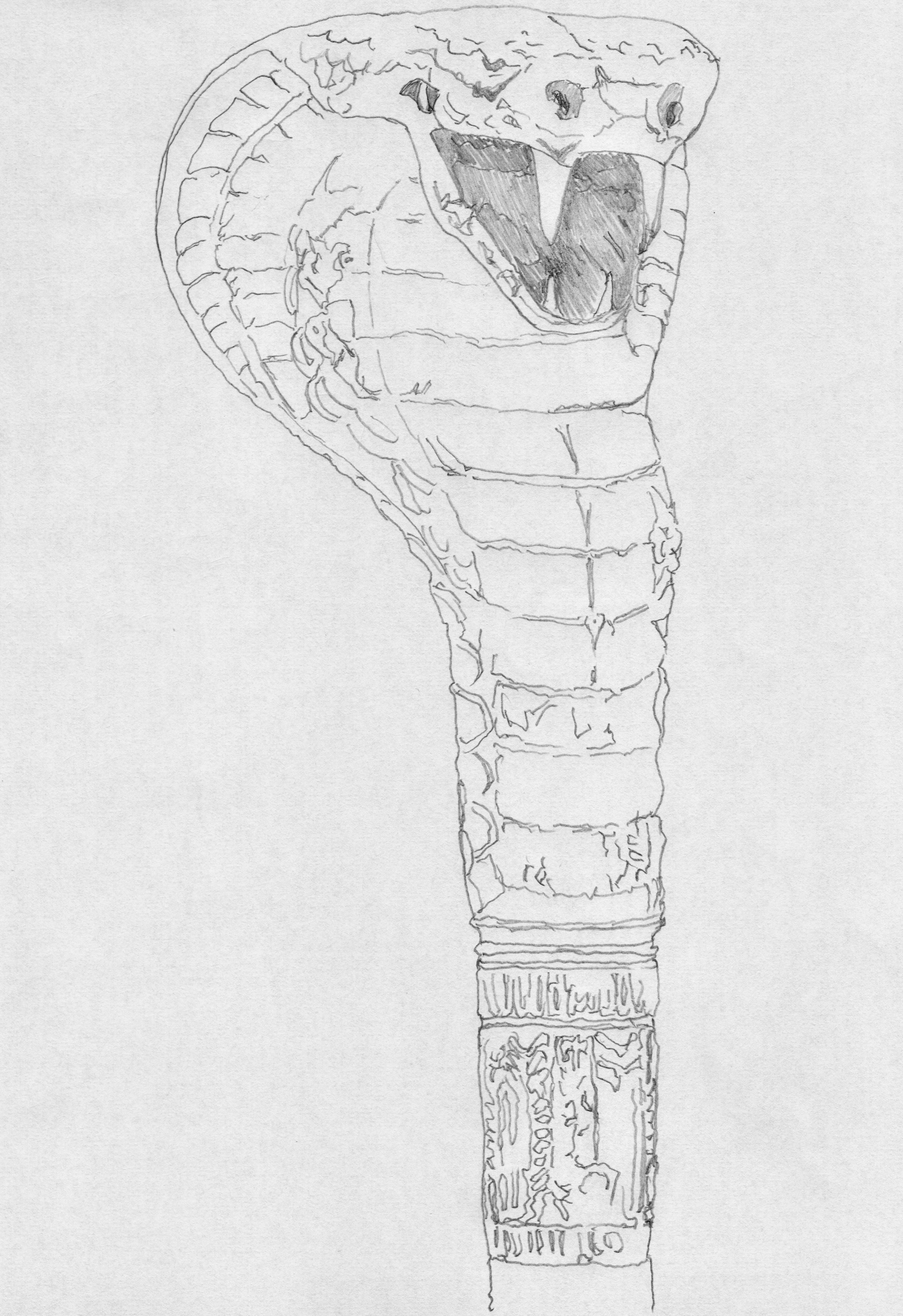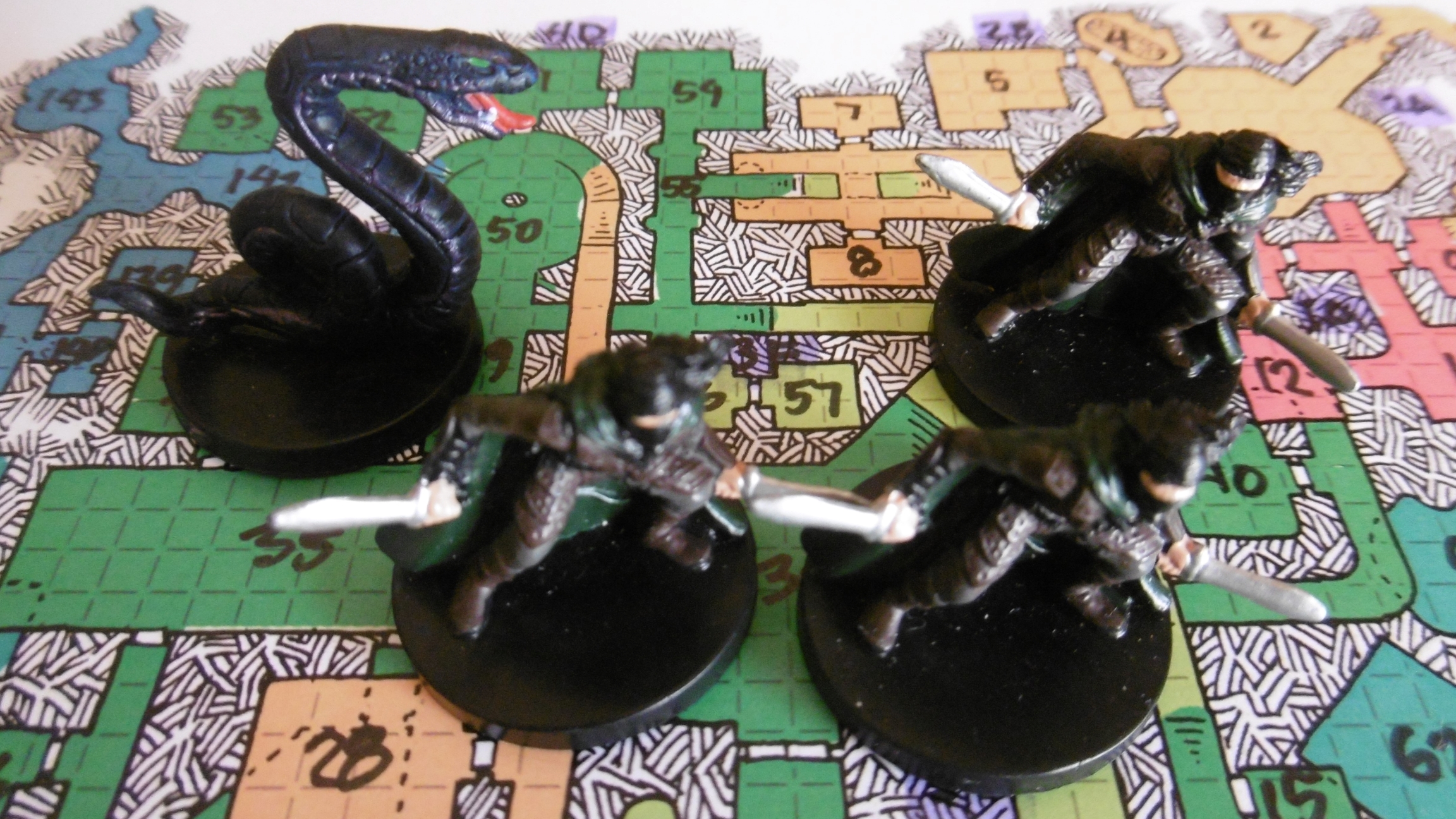The Shunned Cairns
A narrow band of craggy rocks breaks through the semiarid plain to form the foothills of the northern mountains. Scattered throughout, heaps of lose stones appear to have been piled high by giant hands.
Tender grasses and thorny scrub brush push up between rocks. Orb-weaver spiders stretch webs between the brush. Feral goats, escaped from plains herders, crop the grasses to the root and trim the lower leaves of the thick-branched lentisk trees that block passage through narrow ravines.
Location: One hex northwest of the base town (Base 2 on the Outdoor Survival map).
Points of Interest
Old Track
An old cart track runs northwest out of town. Apart from the Radiant Host, which patrols the border of the Shunned Cairns, few tread its path.
Stela
About three miles from town, a granite stela rises above a briar thicket in the middle of the track. The brush is cleared away from the stela’s near side coming from town. Breaking through the thicket, PCs may examine the other sides.
- South: Interdiction
- West: History
- North: Sigil
- East: Commemoration
Traces in the dust circumvent the thicket to rejoin the track opposite the stela.
Interdiction
On the stela’s near side, the nomarch’s seal is carved above an epigraph in the glyphic script of the common language:
FORBIDDEN
NONE SHALL PASS BEYOND THIS MARK
Below the inscription is engraved the Resplendent Medallion, the Great Seal of the Sun King, which lends the weight of the monarch’s authority to the nomarch’s edict.
History
IN THE TWELFTH YEAR OF HIS REIGN THE SUN KING AKHOTAHN CAME FORTH AT THE HEAD OF THE RADIANT HOST
THE SUN KING ANNIHILATED AN EVIL CULT IN A WAR THAT LASTED THREE MOONS
THE SUN KING LAID LOW THOSE WHO DREAM
NINE HUNDRED MERCENARIES WHO FOUGHT FOR THE CULT WERE CAPTURED AND BEHEADED
ALL OTHERS WERE OUTLAWED
THE SOLAR GODDESS SHINES FOREVER ON THE SUN KING
Sigil
Facing the Shunned Cairns, the stela’s north side bares a symbol in the form of an open eye beneath an inscription:
NO DREAMER SHALL APPROACH
Detect magic reveals the eye to have an aura of protection.
Commemoration
THE SUN KING RELINQUISHES TO THE WEIGHER OF HEARTS THOSE WARRIORS OF THE RADIANT HOST FALLEN IN BATTLE
THE SUN KING HONORS THE ARDENT CHAMPION MENTUROC AND THE NINE COMPANIONS WHO FELL IN THE STORMING OF THE INNER REDOUBT
Outlaw Hideouts
A band of outlaws scrounges a living within the Shunned Cairns. The outlaws move frequently, holing up in numerous remote locations. They hunt feral goats and raid demi-human trading caravans, who travel to and from the town and the Deep Halls.
Faneforlorn
Where the Shunned Cairns climb into the mountains, a stonework barbican projects from the base of a cliff. Behind it, a dwarf clan carved homes from a series of natural caves and set up workshops in the larger caverns. Over the centuries of their habitation, the dwarves have left no surface unchiseled, for they are skilled stonemasons and sculptors. The dwarves sometimes take commissions for work in the town, but they are hesitant to interact with the human community. The clan symbol and maker’s mark is the silhouette of a step pyramid.
The Deep Halls
A couple miles after the stela, the track leads by a dark opening in a hillside. This is the main entrance to the Deep Halls (Level 2A). Atop the hill, about 200 yards west, is a secondary entrance (Level 1B).
Upstream Egress
A half mile southeast of the Deep Halls is a narrow gorge. One side suffered a landslide some long time ago. Obstructed by the escarpment, where a tangled copse of lentisk trees now hold the scree, a narrow tunnel winds down to the subterranean river that flows into the Deep Halls. The exit is not discernible from the exterior. It must first be dug out from the inside.
Wilderness Encounters
On or off the track within the Shunned Cairns, roll a 6-sided dice in the morning and the evening. A 6 result indicates a wilderness encounter. The Radiant Host, marked with an asterisk (*), is encountered only on the town side of the stela.
| Wilderness Encounter Table: The Shunned Cairns, Track (2d4) | |
|---|---|
| 2 | Dwarves (3-18) |
| 3 | Radiant Host (20)* |
| 4 | Elves (2-12) |
| 5 | Outlaws (4-16) |
| 6 | Gnomes (6-36) |
| 7 | Gnolls (2-12) |
| 8 | Trolls (1-2) |
| Wilderness Encounter Table: The Shunned Cairns, Off-Track (2d4) | |
|---|---|
| 2 | Outlaw hideout, occupied (60) |
| 3 | Outlaw hideout, unoccupied |
| 4 | Outlaws, hunting party (3-12) |
| 5 | Giant Centipedes (2-5) |
| 6 | Cockatrice (1) |
| 7 | Gnolls (2-12) |
| 8 | Trolls (1-2) |
Dwarves:1
- Stonemason work crew from Faneforlorn.
- Avoid contact with humans.
Radiant Host:
- Patrol of soldiers (chain mail and sword) led by a warrior (2nd-level fighter).
- Patrol does not go beyond the stela.
- Leader warns any citizens (all humans are citizens) headed toward the Shunned Cairns that entry into the territory is forbidden.
- Penalty is one year of indentured servitude.
- Patrol arrests any citizens coming out of the Cairns and takes them before the nomarch.
Elves:1
- Reconnaissance patrol from elf-land (northeastern forest).
- Elves monitor activity in the Shunned Cairns.
- Parley with travelers to discover news.
Gnomes:1
- Trading caravan from the northern mountains, pushing carts, makes stops at the Deep Halls and the town.
- One cart for every six gnomes.
- All wear chain mail, armed with light crossbow and war hammer.
- Leader 2nd to 7th level.
- These gnomes are metal smiths.
- All goods (fine metalworks and jewelry) are hidden and trapped.
Gnolls:
- Attack any party using hit and run tactics.
Trolls:
- Hunt on the trail when hungry.
Outlaws:
- Treat as bandits.
- Raiding party:
- Attacks weaker, treasure laden parties, from ambush.
- Otherwise, surveys from hidden position.
- Hunting party:
- Avoids confrontation.
- If party carries wealth, outlaws survey movement while reinforcements arrive.
Outlaw Hideout:
- Outlaws move frequently, staying not more than 10 days in a place.
- Move hideout whenever discovered.
- Take care to remove evidence of occupation when leaving.
- Occupied:
- 60 bandits.
- Plus 15 non-combatant females and 25 children (100 total).
- Live under rocky overhangs and in temporary, make-shift tents.
- Make small cooking fires in pits.
- Unoccupied:
- 1 in 6 chance to discover a discarded burnt branch, other burn mark, or forgotten bit of human detritus.
- Otherwise, only evidence of occupation is small fire pits covered by stones.

1 I am considering ancient Near Eastern variants for demi-humans. They may not stray far from their special abilities given in Holmes, but their culture and appearance should not be medieval European.

